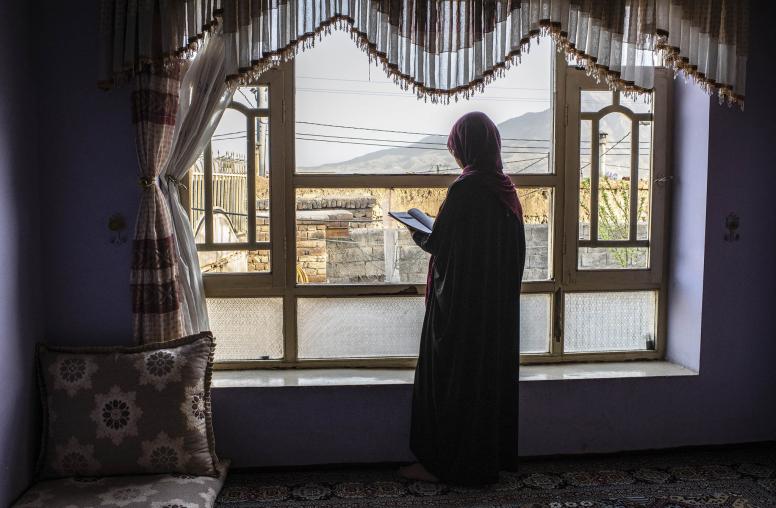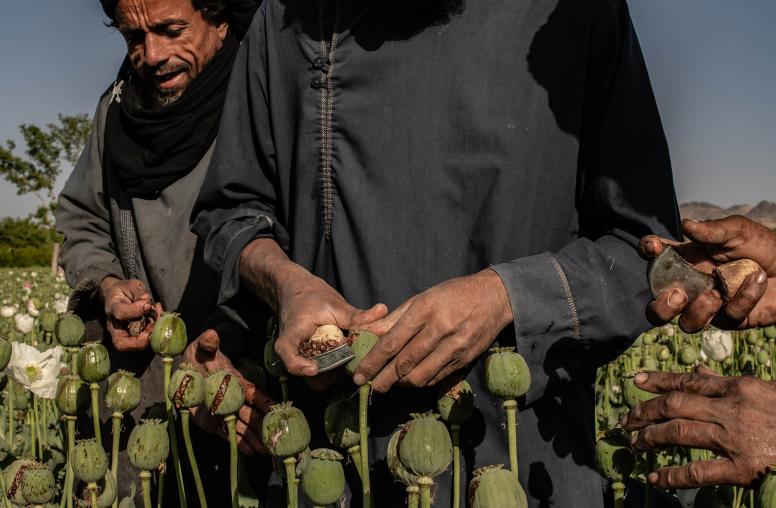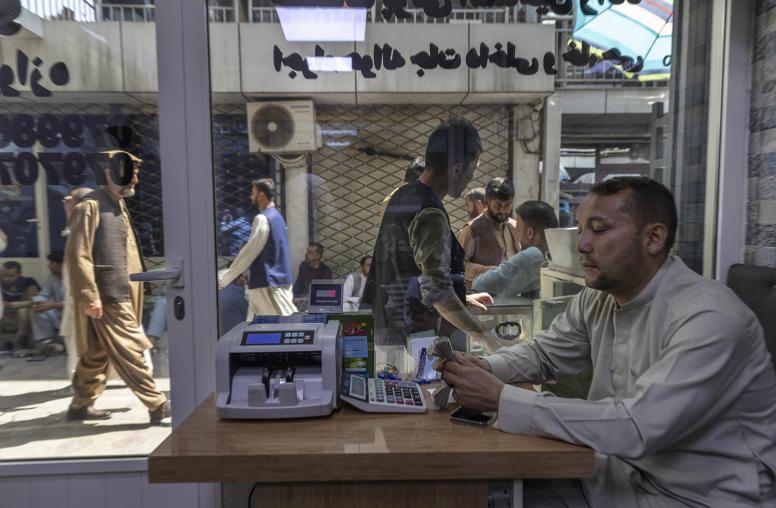Youth Protest Movements in Afghanistan
Seeking Voice and Agency
The youth-led protest movements that emerged after the 2014 Afghan presidential election added a new dynamic to Afghan politics. Motivated primarily by widespread perceptions of injustice, exclusion and marginalization from governmental policymaking, and rapidly deteriorating economic and security conditions, the protest movements sharply criticized the administration of President Ashraf Ghani. This report examines the emergence of a new generation of youth activists in Afghanistan and the responses of the government and international community to those movements.
Summary
After the fall of the Taliban in 2001, Afghanistan’s new political order provided space for increased political participation, more education, and antiregime personal expression, some of which took the form of protest movements. Especially after the 2014 presidential election, high-profile youth protest movements became a notable element on the political scene, though none has yet proved sustainable.
Mobilization for the protest movements was energized by an increased awareness of citizens’ rights and of deficits in government responsibilities. Widespread perceptions of injustice, a rapid deterioration in economic and security conditions after 2014, unemployment, and perceptions of marginalization and exclusion from governmental and donor policymaking were among the key drivers of the protests.
The protest movements were largely spontaneous and typically emerged in response to specific government failures rather than as advocacy efforts for new policies and programs. They were mainly led by educated youth, who felt marginalized in the traditional seniority-based patterns of decision making in Afghanistan. Lacking access to power and resources and working outside traditional political networks, however, the youth leaders feared their grassroots movements were susceptible to being hijacked by established elites, such as jihadi leaders and government officials, who might then use the movements as bargaining chips to advance their own factional interests.
Although the incumbent Ashraf Ghani–led administration, the National Unity Government, has emphasized including youth in the administration, interviewees often described these measures as symbolic and affording little real role or voice to youth in shaping national policies. This perception partly explains why the youth movements were unsustainable. Despite the government appointing more young persons to government positions, the appointments have not resulted in government programs and policies that can address youth grievances or the drivers of youth marginalization. The protest movements also lacked the long-term vision needed for sustainability and impact, which contributed to their demise. Youth protest leaders tended to perceive that the international community, including the United States and United Nations, prioritized security over democracy, and in so doing neglected both youth aspirations and democracy.
About the Report
Supported by USIP’s Asia Center and based on an extensive literature review and interviews with protestors, journalists, officials, and others in Kabul, this report explores motivations of Afghanistan’s youth activists and the effects of three recent protest movements.
About the Authors
Srinjoy Bose is a lecturer in politics and international relations at the University of New South Wales and a visiting fellow at the Coral Bell School of Asia Pacific Affairs, Australian National University. Nematullah Bizhan is lecturer in public policy at Australian National University’s Development Policy Centre and a senior research associate in Oxford University’s Global Economic Governance Program. Niamatullah Ibrahimi is an associate research fellow at the Alfred Deakin Institute for Citizenship and Globalisation, Deakin University.



